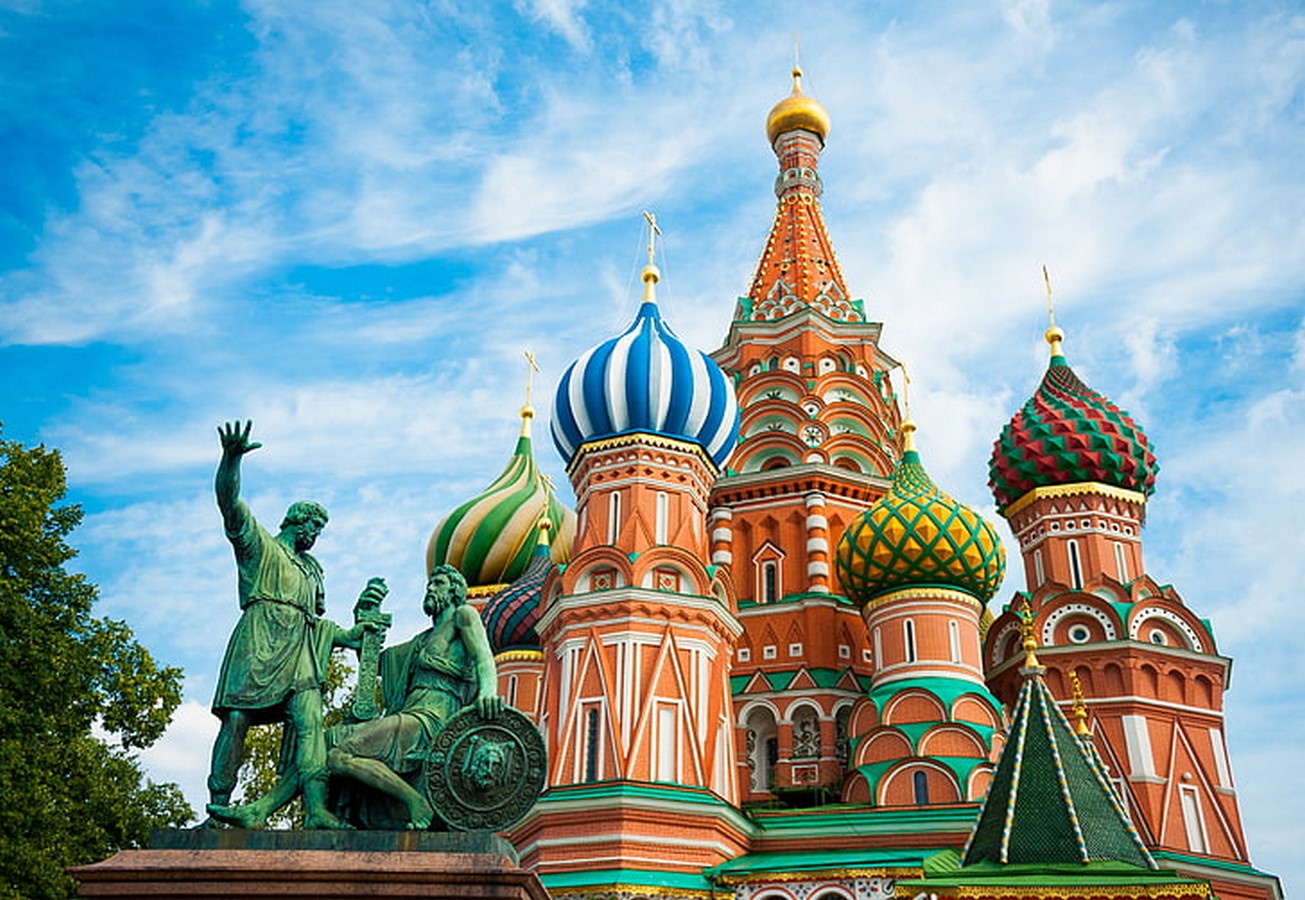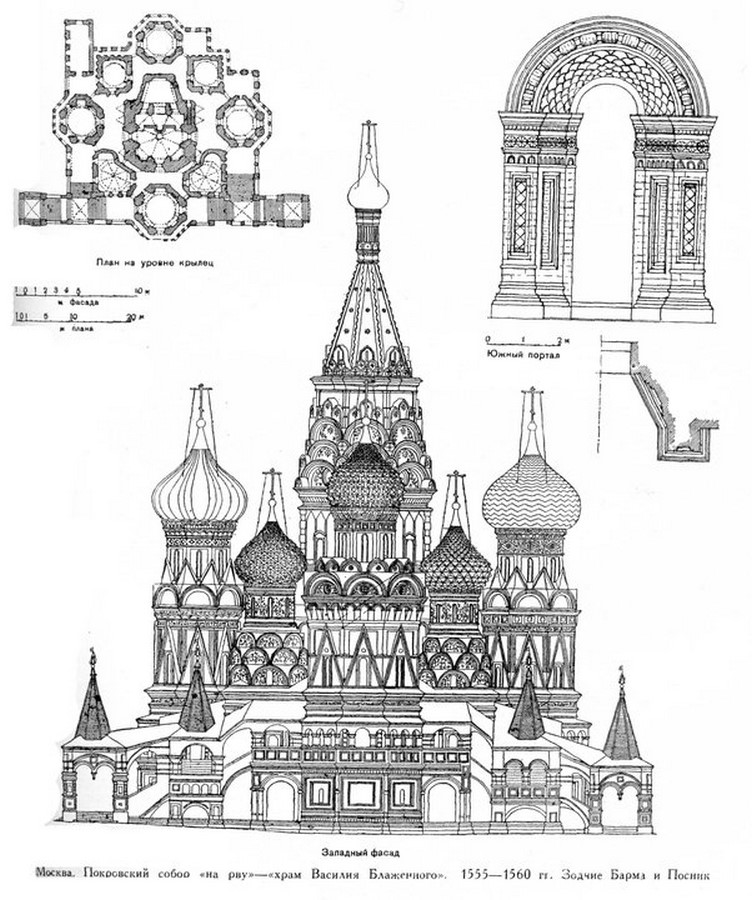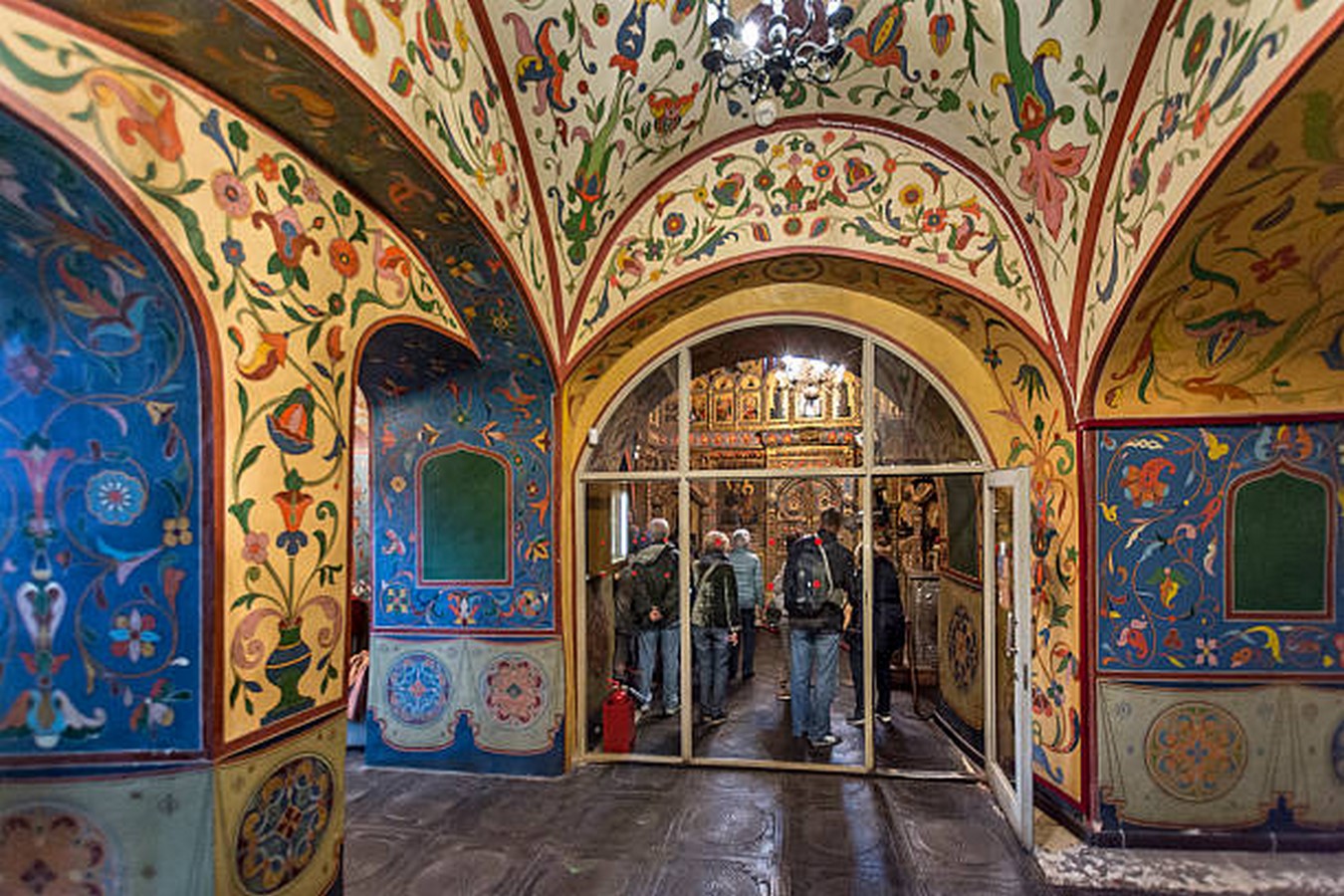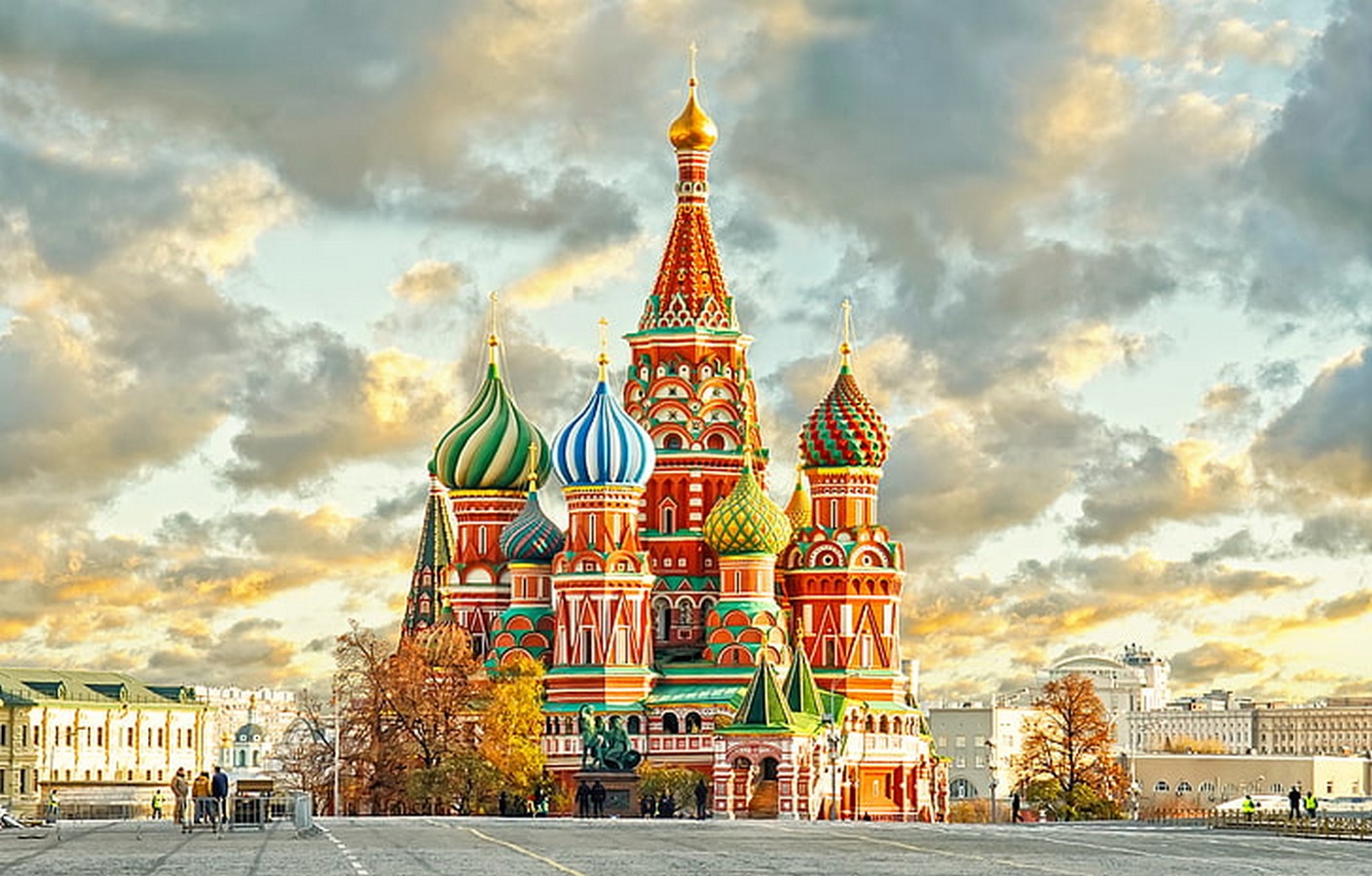Saint Basil’s Cathedral is a church in the heart of Moscow, Russia. It was built in the sixteenth century as a Russian church. It is a church, museum, and an architectural icon in Moscow. The Cathedral symbolizes Russia’s rich culture, history, and architecture. The church is officially known as The Cathedral of Intercession of the Virgin by the Moat as it is a symbolic tribute to Mary, Mother of God. It is 156 feet tall and was the capital’s tallest building until 1600. This building was first known as The Trinity church and features nine colorful domes, two spires, and ten chapels. This Cathedral has colorful domes, fascinating legends, and intricate designs, because of which many tourists have visited this from around the world for centuries.
This article explores Saint Basil’s Cathedral’s historical significance, architectural features, and cultural impact, stating why it is an iconic landmark in Russia’s architectural brilliance.

Origin and architectural features
Saint Basil’s Cathedral was built between 1555 and 1561 under the orders of Ivan the Terrible. Its construction aimed to memorialize the victorious conquests of Kazan and Astrakhan. It was said that Ivan was so mesmerized by the Cathedral’s grandeur and beauty that he ordered the architect, Postnik Yakovlev, to be blinded so that he could not create anything more magnificent and replicate the design.
Notable characteristics of St. Basil’s Cathedral are its onion-shaped domes, a signature of Russian architecture. It boasts nine main domes, each representing a different church, with the tallest central dome reaching a height of 47 meters. These are painted with vibrant, candy-striped colors and swirling patterns, topped with golden crosses and intricately patterned, creating a breathtaking visual spectacle. The Cathedral was initially built in white stone and red brick; it gained color over the centuries. Brighter colors were added in the 17th century, the domes were gilded, and ceramic inserts were added with pops of blue, red, green, and other hues. The dynamic flair of the building is due to the bricks and ceramics with different patterns over the spires, arches, and domes.
Some historians believe that St. Basil’s Cathedral was a blend of designs with Byzantine and Asian motifs. St. Basil’s architecture is a melting pot of many different architectural styles as Italian architects worked in Moscow then, and Greek refugees also settled there in that era. The planning of the Cathedral is a symmetrical ground plan with ten chapels, where eight chapels surround the ninth central church, and the tenth chapel was added in 1588. The foundation of the church was built in white stone, individual churches were constructed with red brick, brickwork was left open, and brick-like patterns were painted over stucco walls. Winding corridors and narrow staircases interconnect the chapels. The exterior walls have stunning geometric patterns, ornate carvings, and intricate details and elements of Byzantine, Russian, and Asian influences. The interior is remarkable, with coloured frescoes and a sense of grandeur, which shows spiritual significance.


Historical significance
Apart from its architectural splendor, St. Basil’s Cathedral holds immense historical importance. It has survived fires, wars, the test of time, and political turmoil. During the Soviet era, the cathedral escaped demolition. It was transformed into a museum, after which it became a symbol of national pride, allowing people to appreciate its beauty and historical context. It attracts tourists from across the world. The Cathedral served as a place of worship for the royal family, symbolized Russian resistance, and bore witness to many political and social events.
Cultural Impact and global recognition
St. Basil’s is a cultural masterpiece, its unique style, design, and cultural and historical significance have given it global recognition. The Cathedral is filled with cultural and religious symbolism. It has inspired many artists, writers, and architects worldwide, leaving an indelible impression on the culture and art of the world. Tourism has a significant role in the Cathedral’s cultural and economic impact. Every year many visitors worldwide visit Moscow to see the grandeur of St. Basil’s Cathedral. Its listing on the UNESCO World Heritage List in 1990 made its status an architectural gem of international importance. It remains a must-visit tourist attraction, captivating travelers with charm, mystery, and historical importance.
Conclusion
The Cathedral is a religious and national symbol; it stands as a testament to Russia’s architectural brilliance and cultural heritage. It’s a captivating landmark that has endured the test of time. The Cathedral continues to awe and inspire people from all walks of life. The Cathedral is mystically alluring and has also become a symbol of religious freedom and resilience. In conclusion, it is an unparalleled architectural gem that embodies the country’s rich history, culture, spirituality, and artistic expression. St. Basil’s Cathedral is a timeless masterpiece that captivates the hearts of those fortunate enough to experience its grandeur in person.

References:
- Yakubova@upenn.edu (2018) Saint Basil’s cathedral, Moscow, Russia, Russian and East European Studies. Available at:https://rees.sas.upenn.edu/about/spotlight/saint-basils-cathedral-moscow-russia (Accessed: 16 June 2023).
- St. Basil’s cathedral: A cultural masterpiece (no date) Omeka RSS. Available at: https://hum11c.omeka.fas.harvard.edu/exhibits/show/open-readings/st–basil-s-cathedral (Accessed: 16 June 2023).
- St. Basil’s Cathedral Architecture Guide: History of St. Basil’s cathedral – 2023 (no date) MasterClass. Available at: https://www.masterclass.com/articles/st-basils-cathedral-architecture-and-history (Accessed: 16 June 2023).















